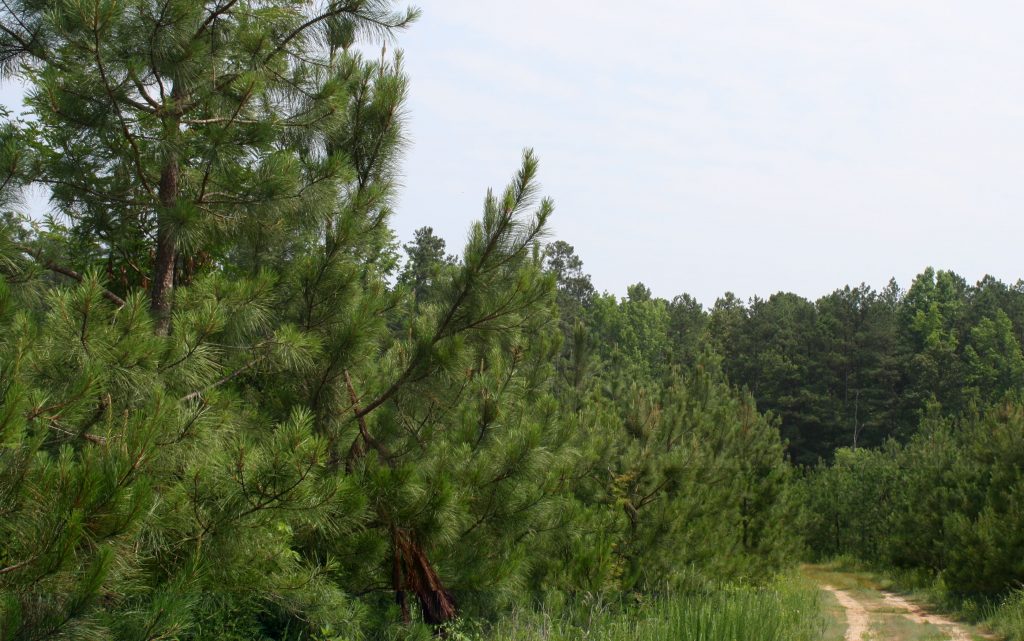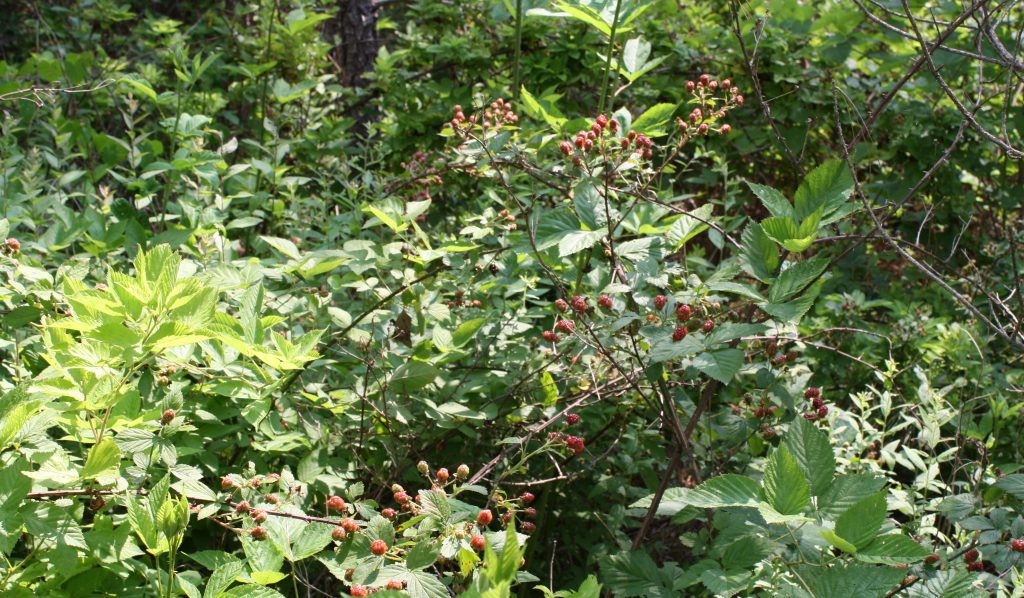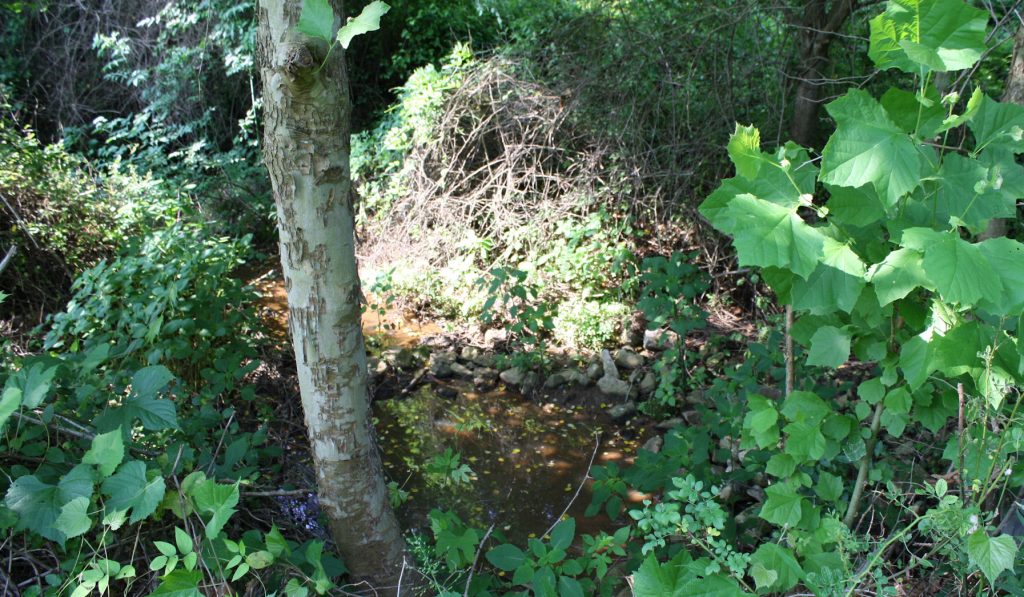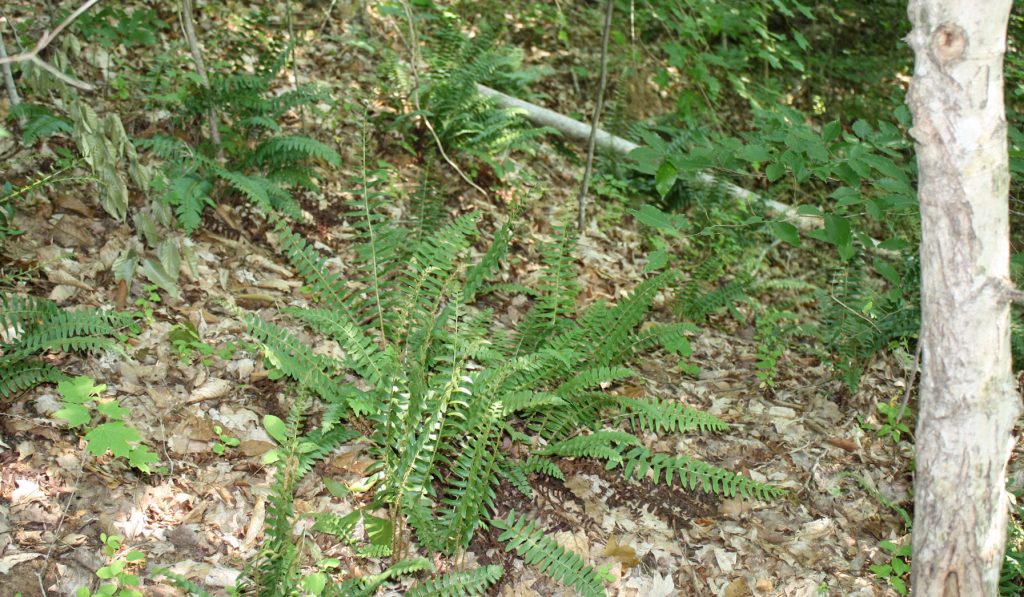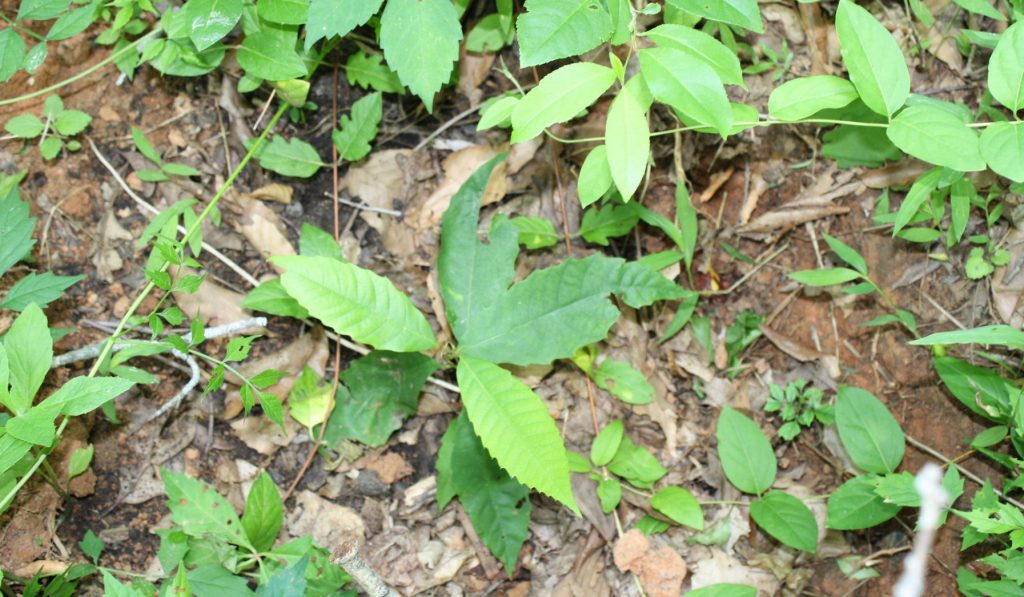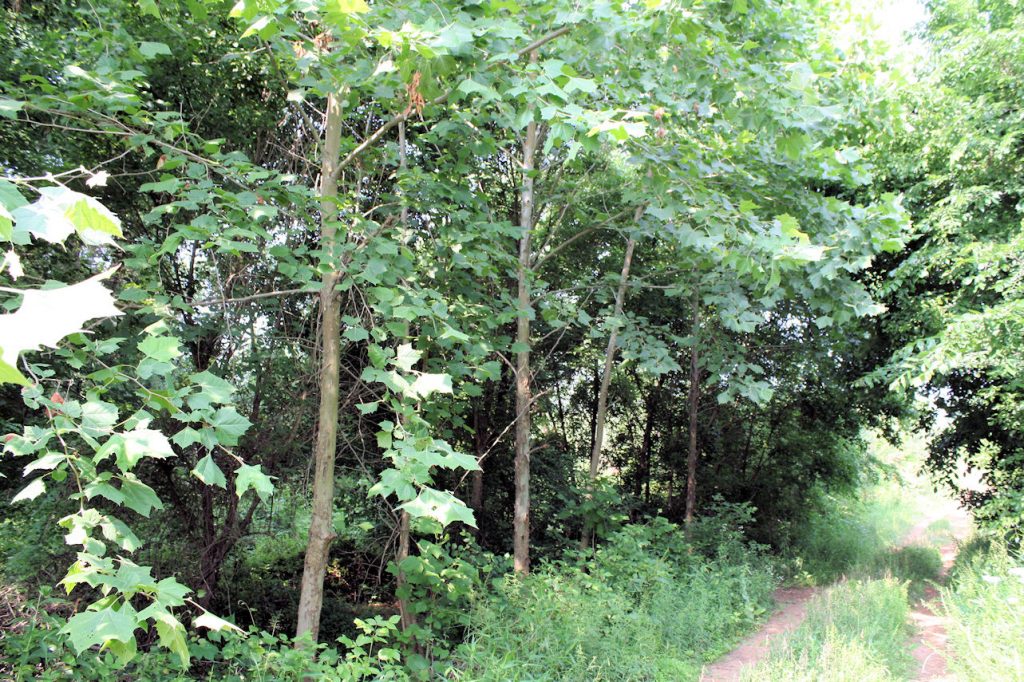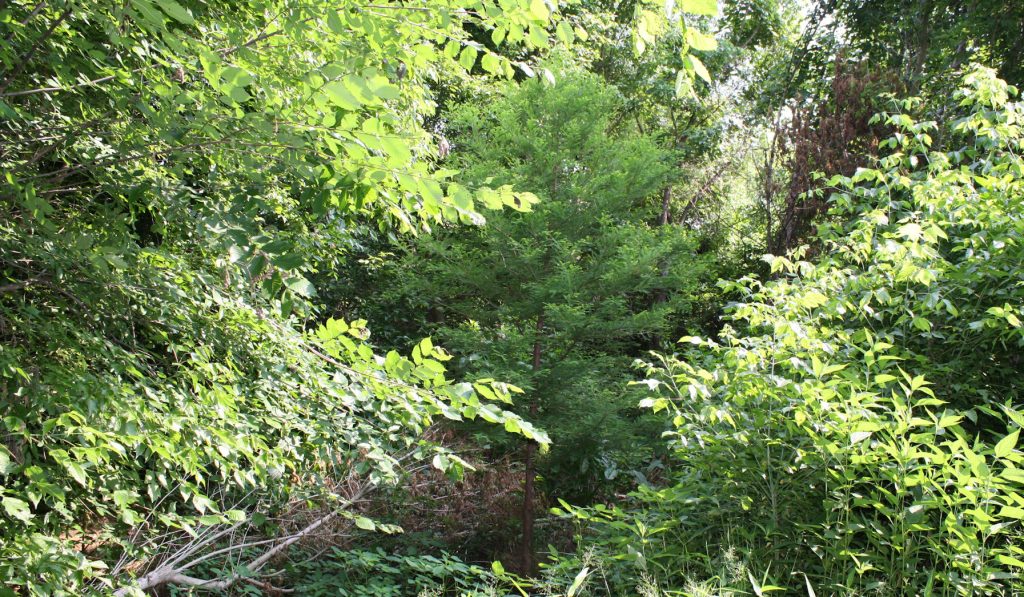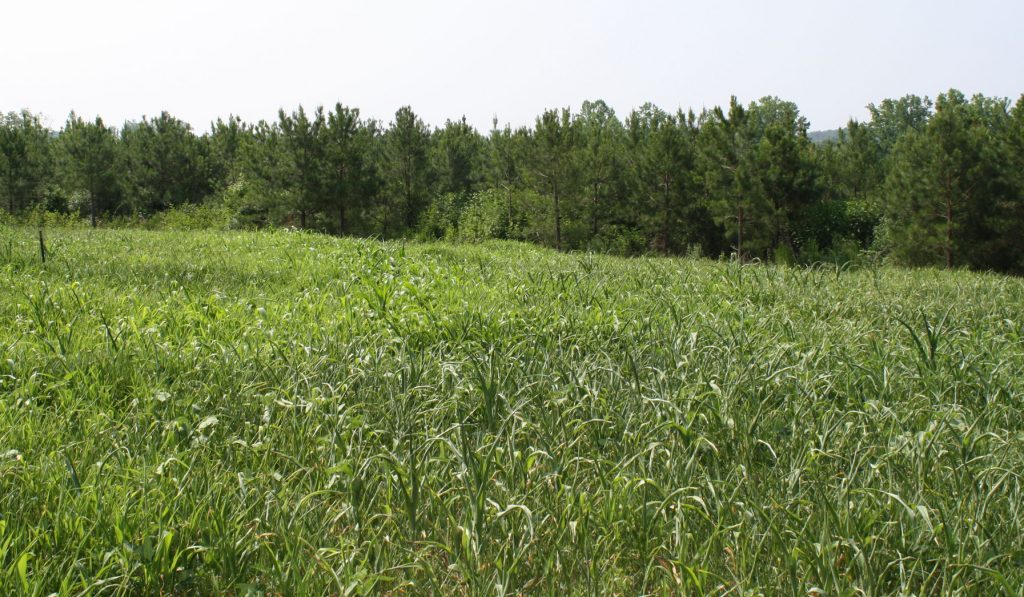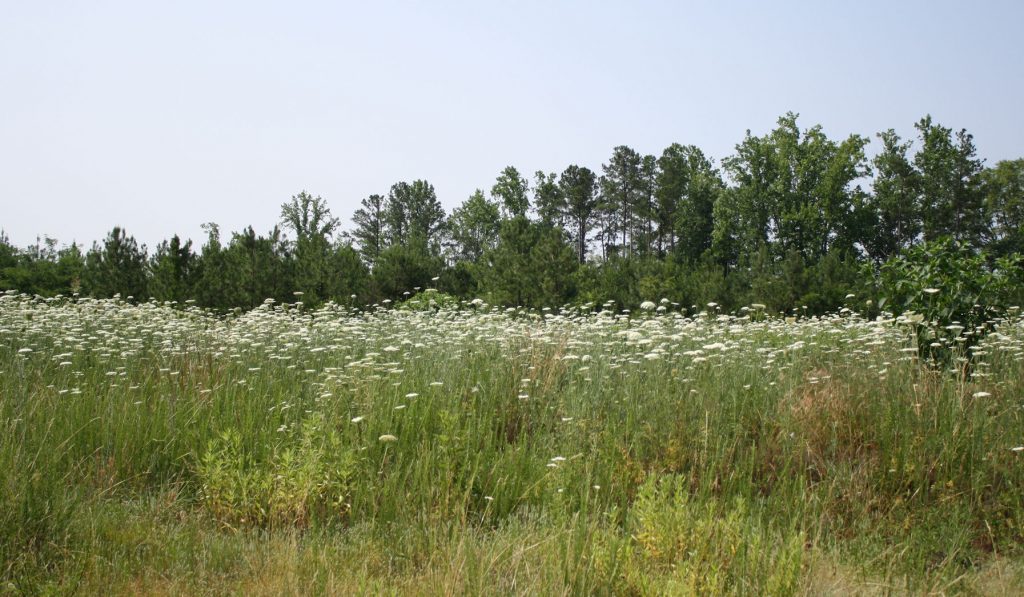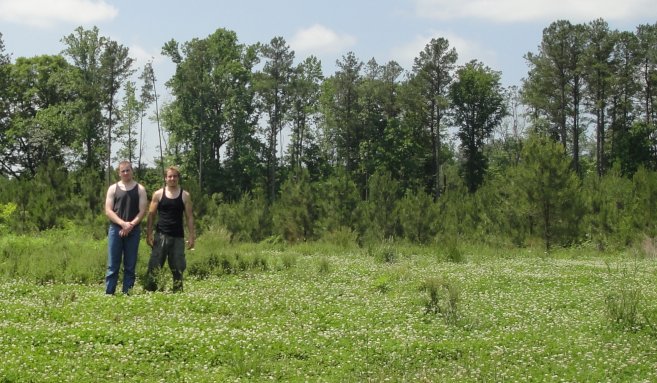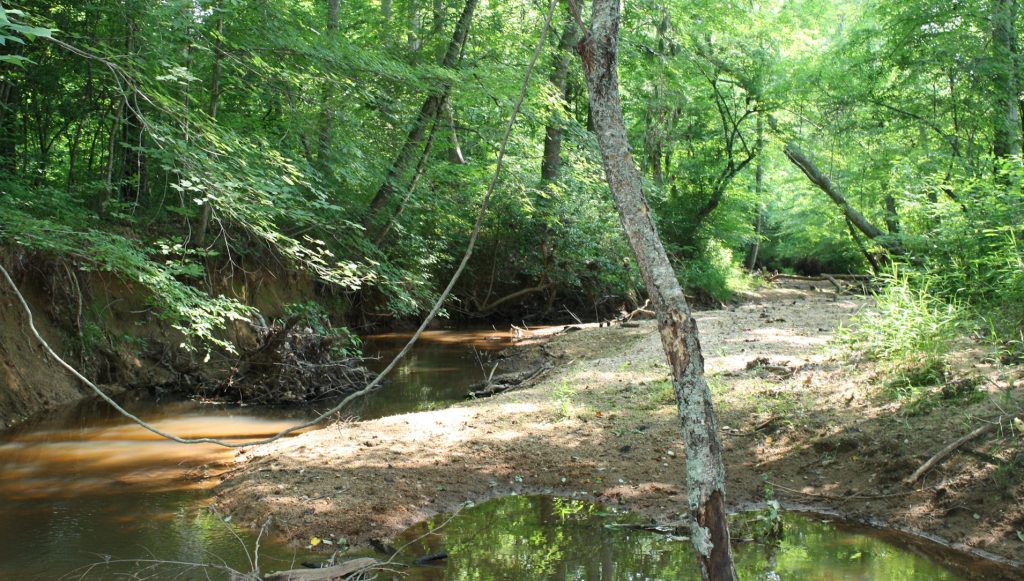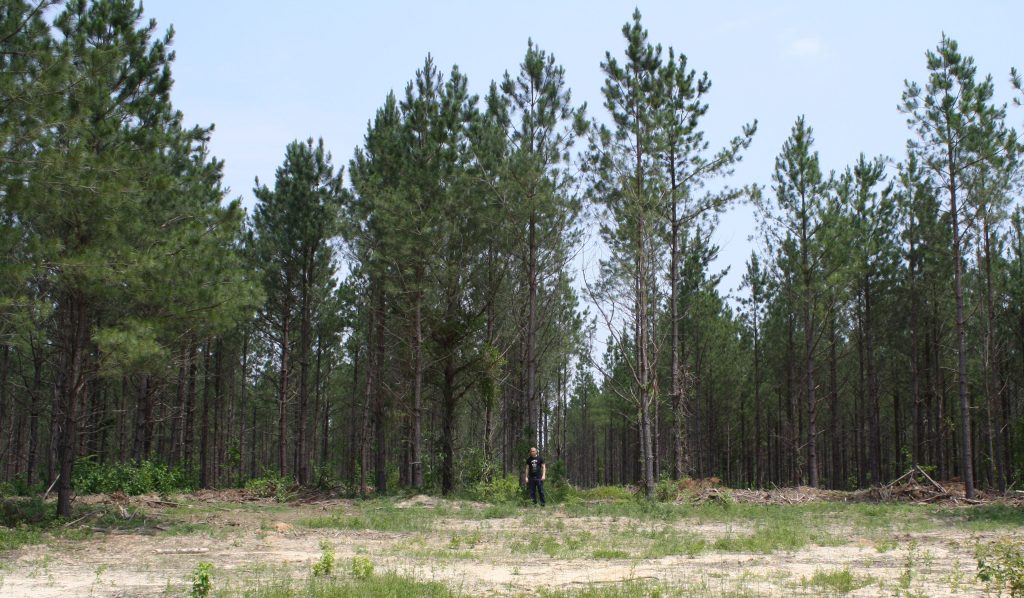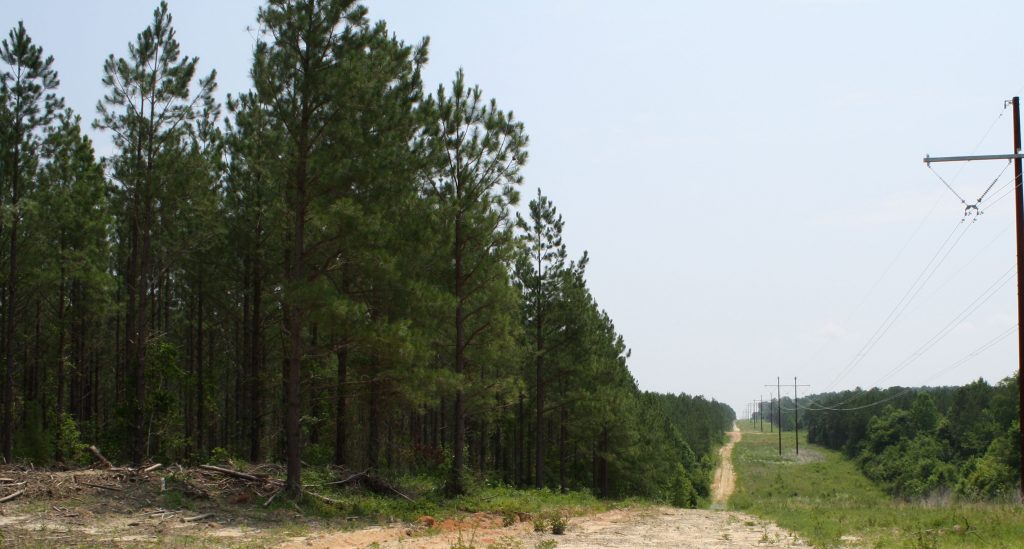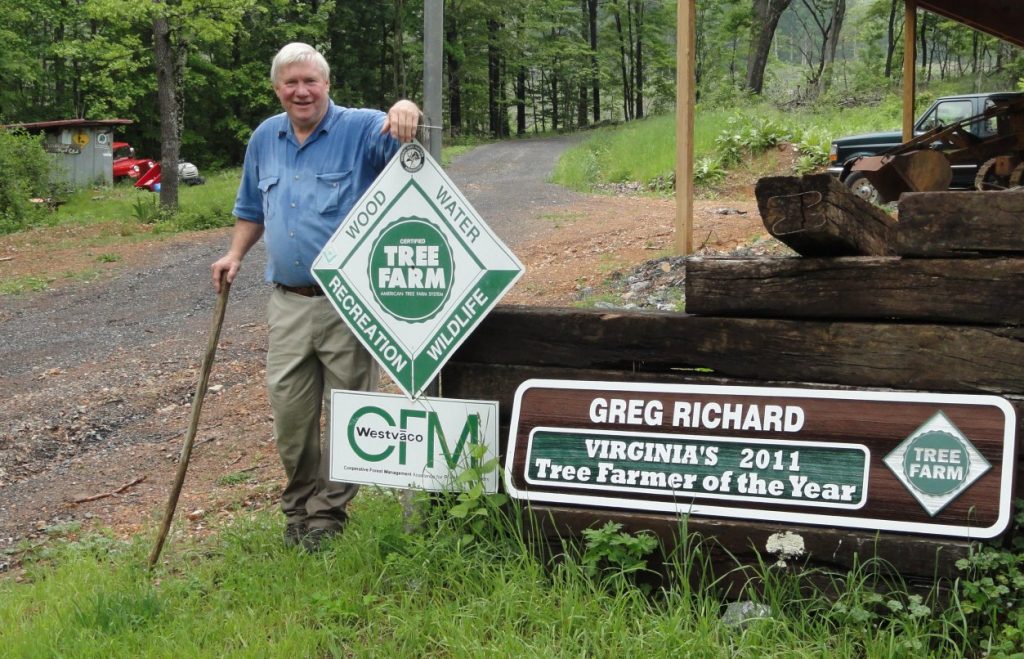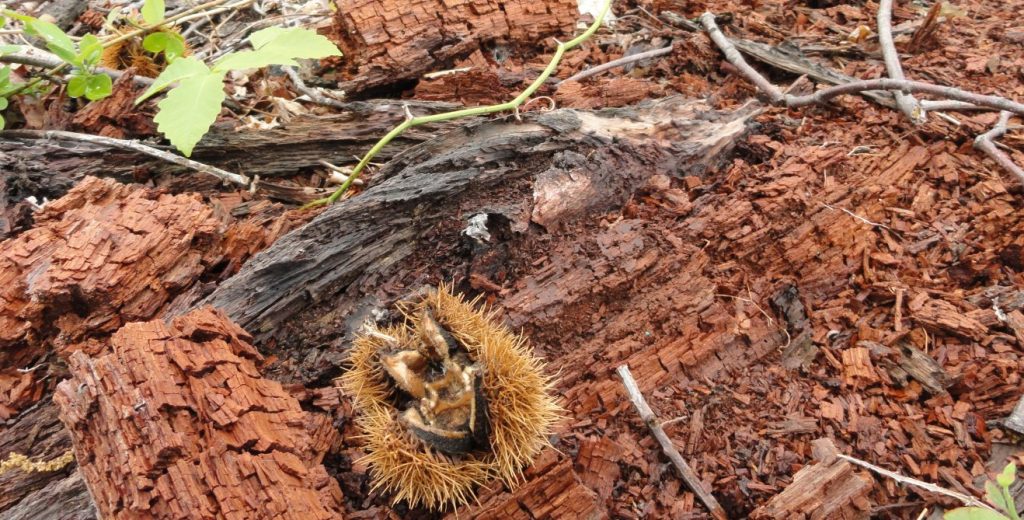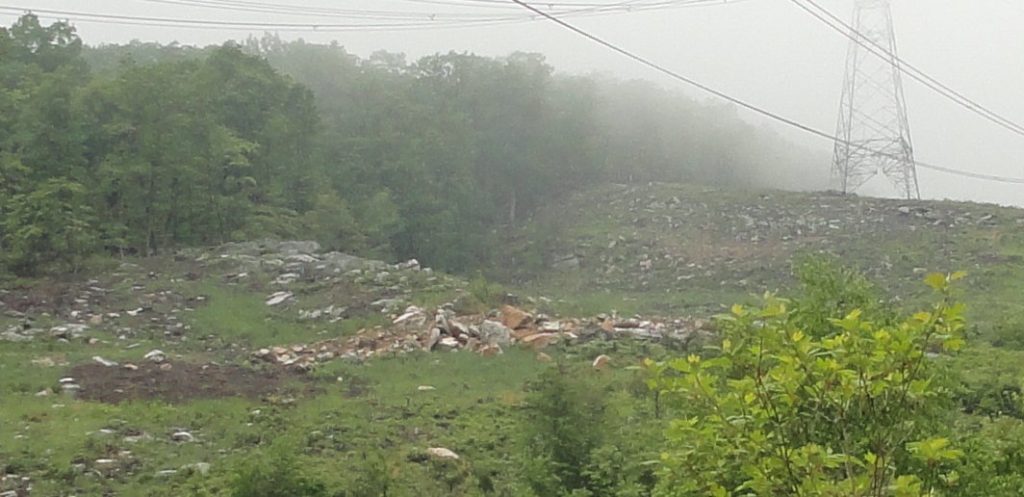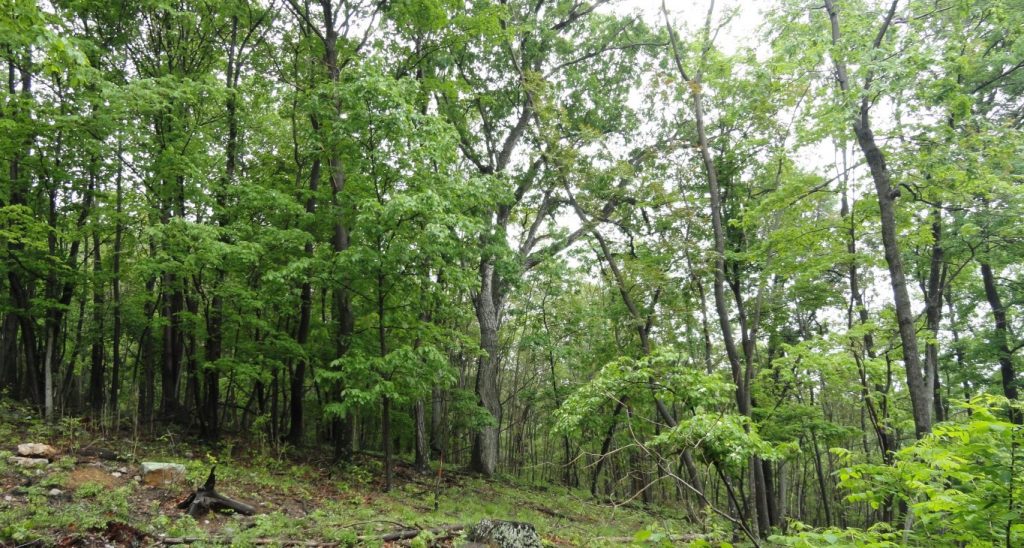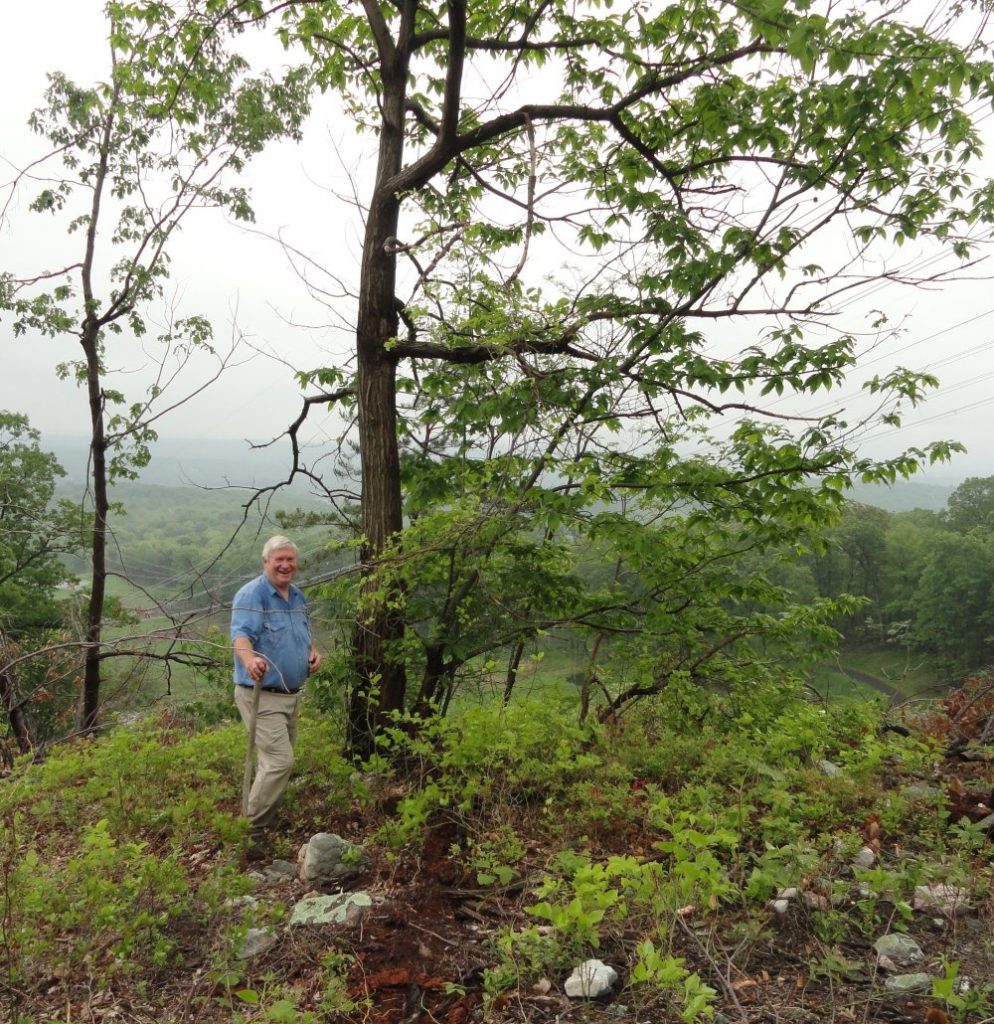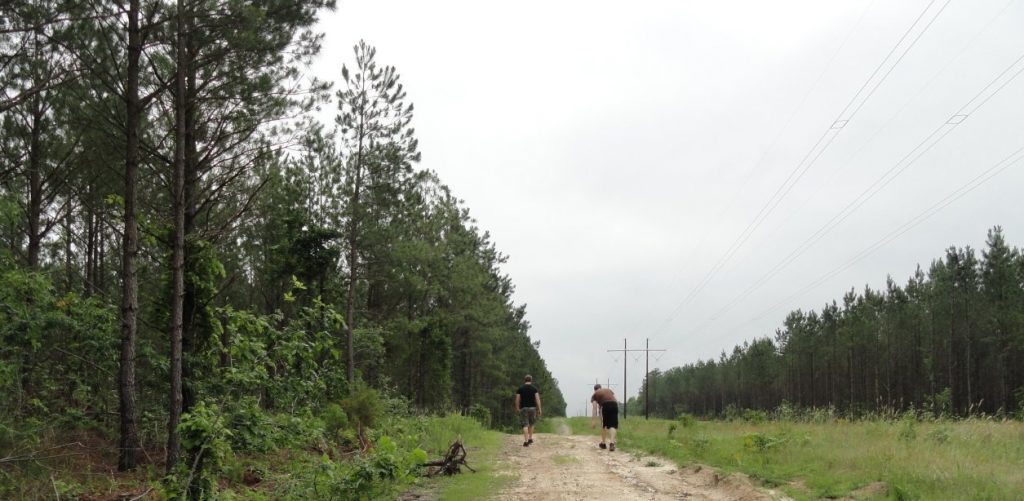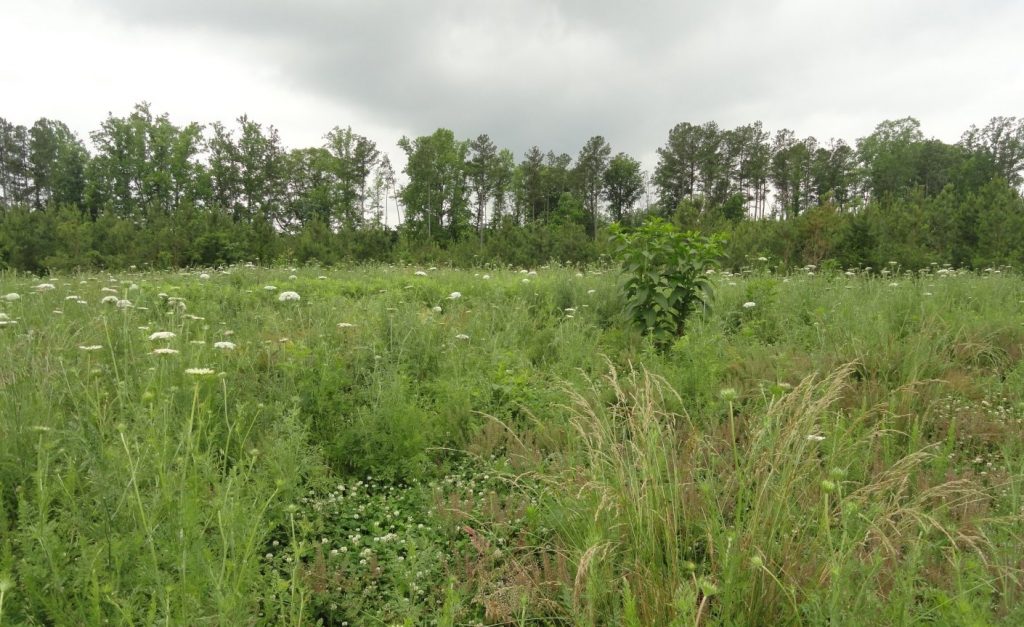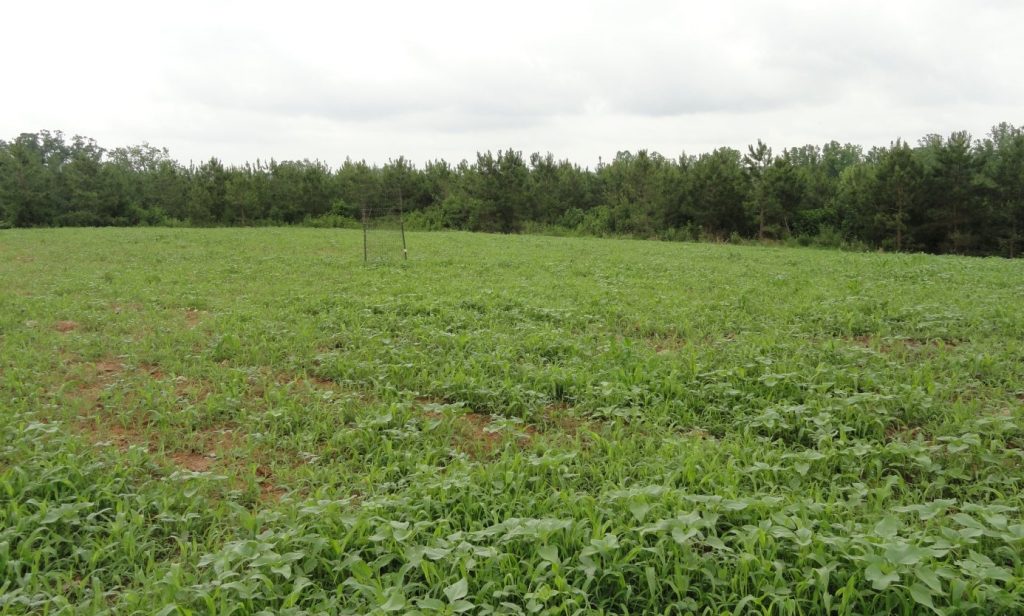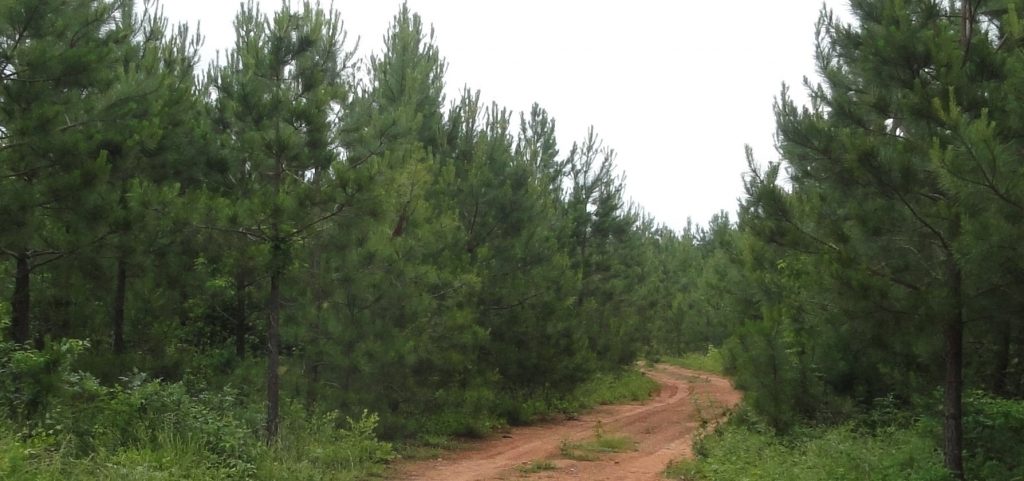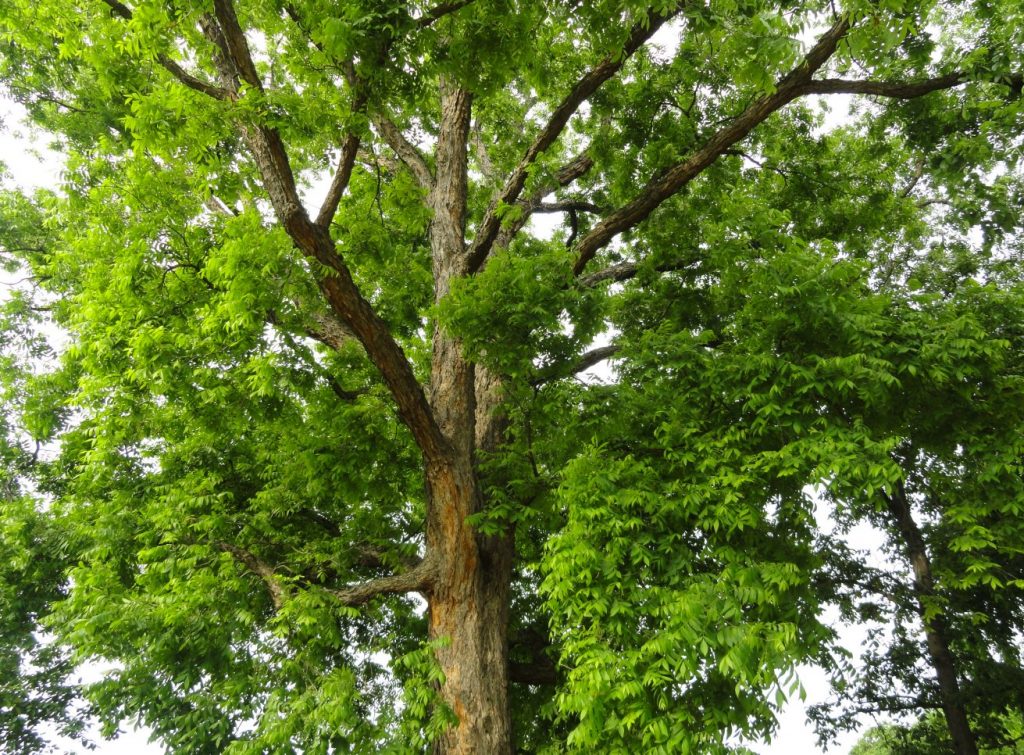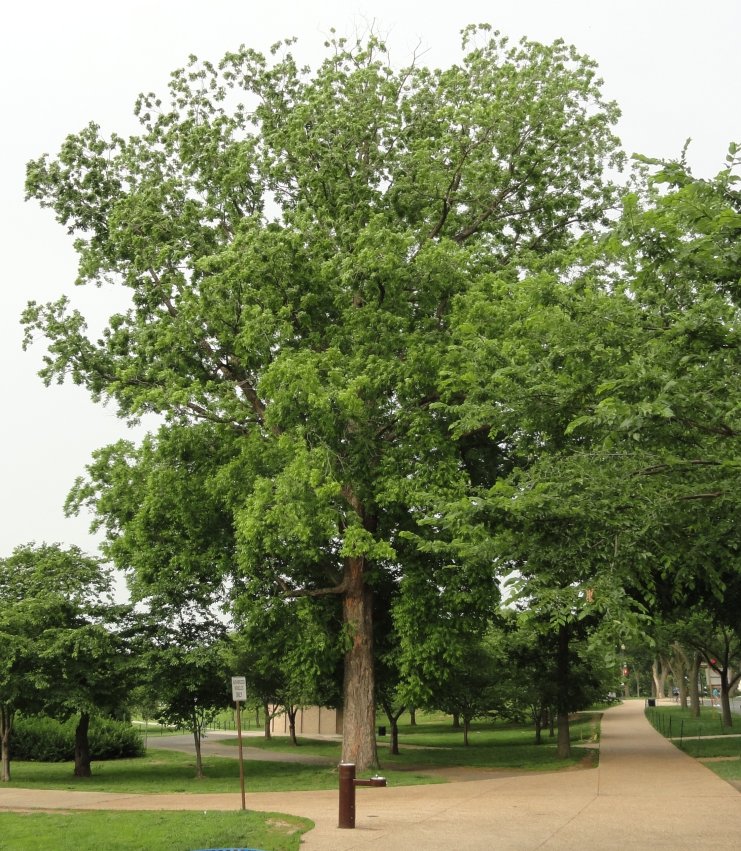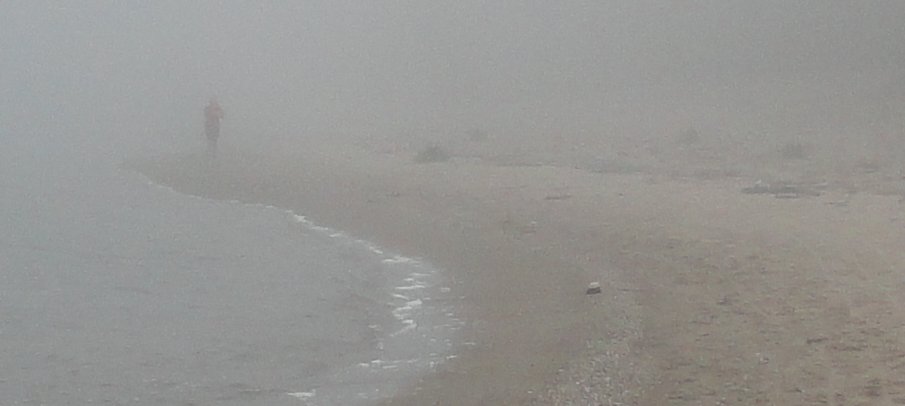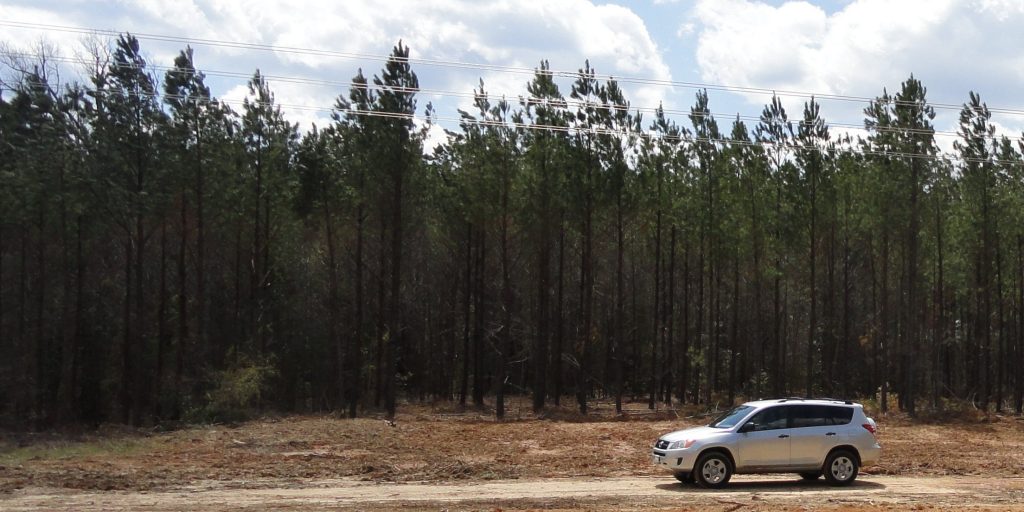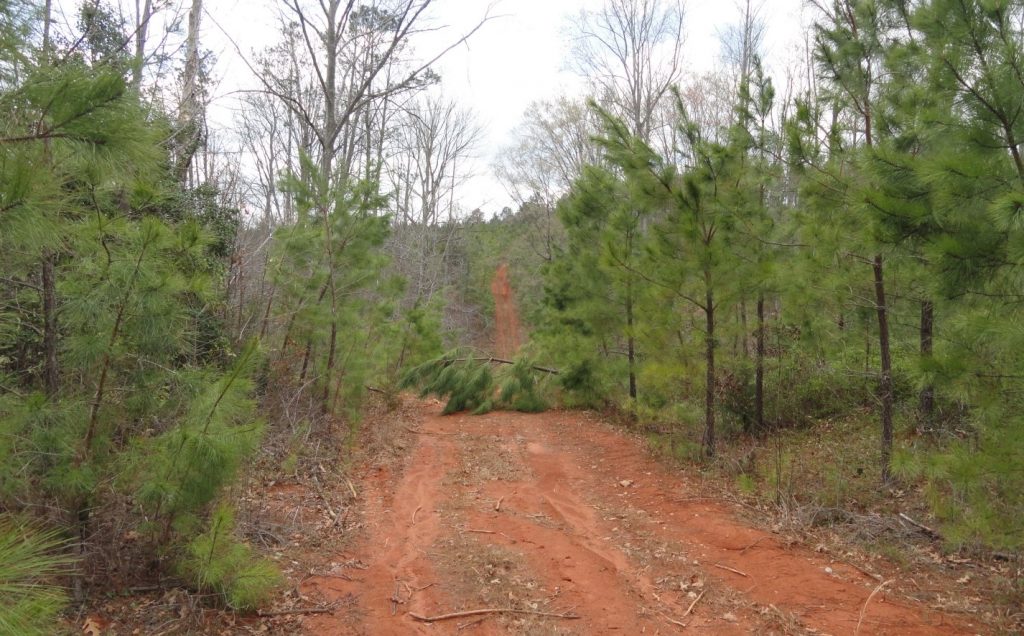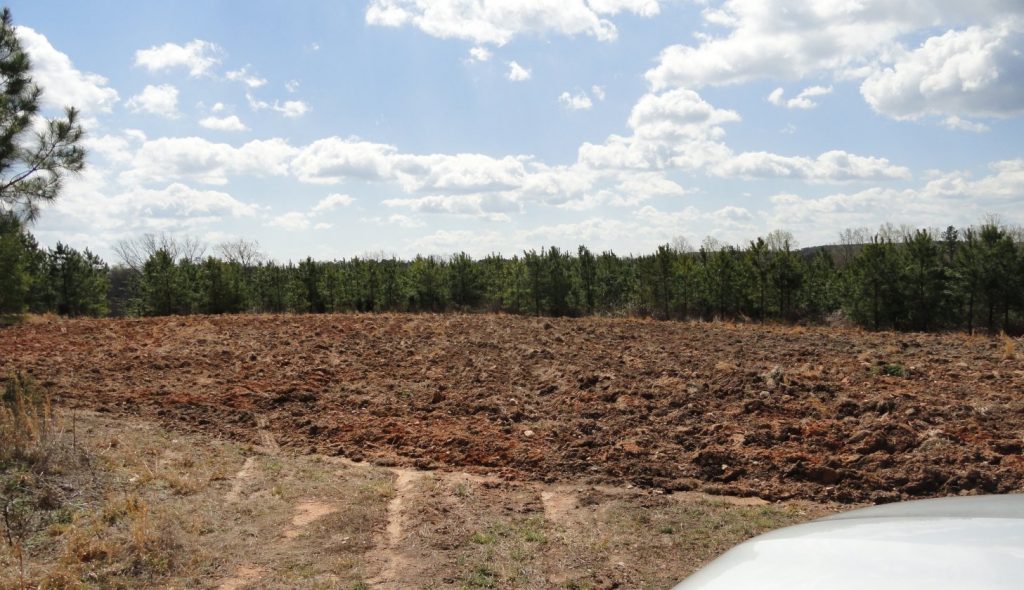
I don’t mind the dry air, but the smoke is starting to get difficult. The rains will come in a few weeks. Until then, this is not the best time to be in Brasilia.
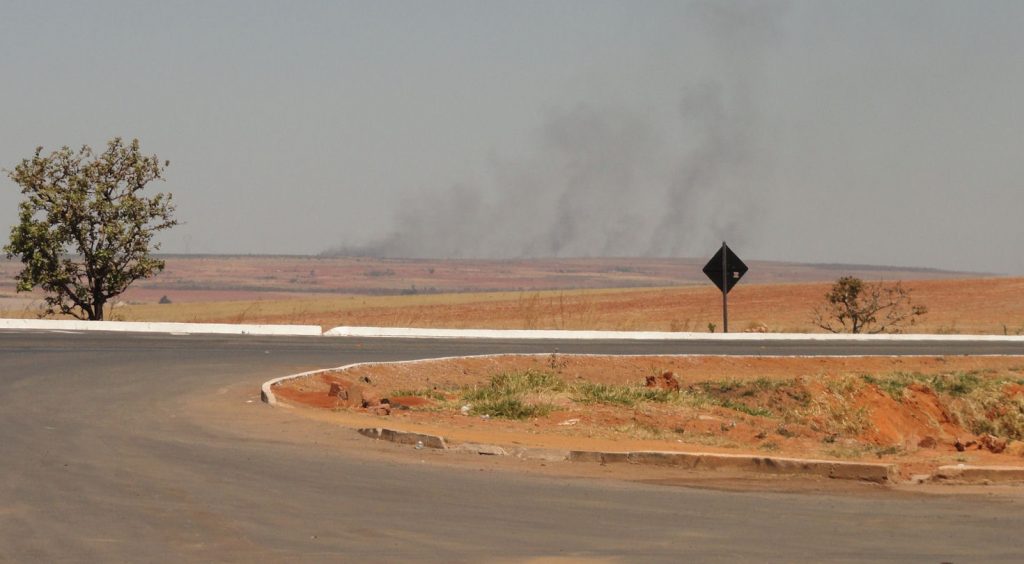
I am not unsympathetic to using fire as a management tool. I understand that it is crucial to the cerrado ecosystem. But most of the fires set around here are not good management. They are either too hot and destroy too much or not well done so as to be ineffective. Most of the fires, in fact, seem to be garbage fires that got out of hand and/or much of the smoke comes from actual garbage fires, which do nobody any good. Using fire as a tool is not the same as using it as a convenience.
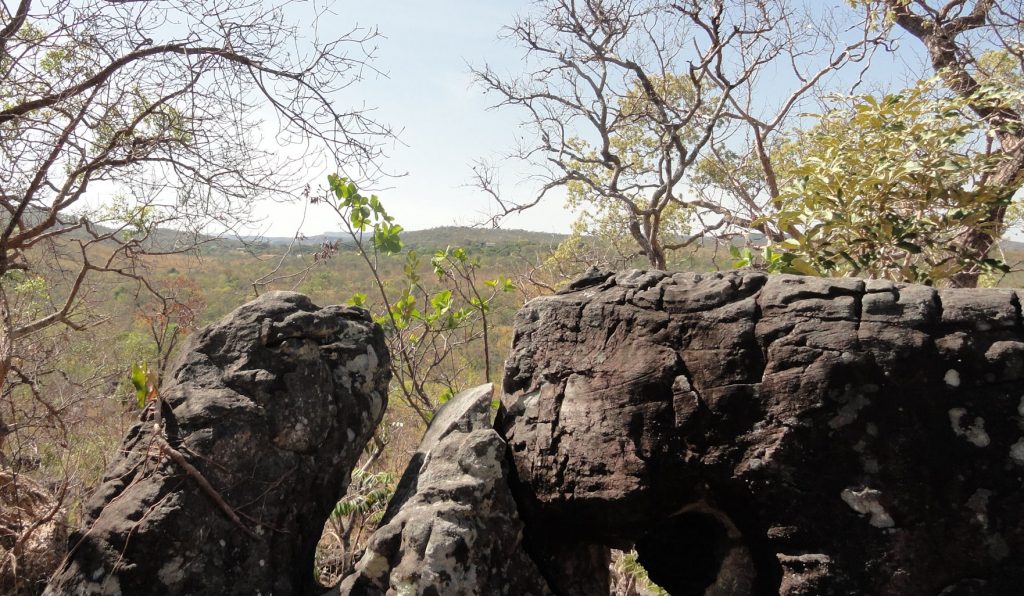
We saw lots of fires on our way up to Chapada dos Veadeiros and you can see the effects of fire in the national park. The rocks are black. The guide said that they get a natural black patina and that it is not the result of fires. I don’t believe that. I know that the guide has been there all his life and I don’t want to oppose his local knowledge, but it is probably true that this place has been burned over all that time. I remember the black “cream city brick” in Milwaukee. Cream city brick is a kind of yellowish white color in its natural form, but the porous nature of the brick surface turned it black when exposed to the constant coal smoke. Not all brick was equally blackened. When the air was cleaned up in the 1970s, the cream city brick again looked creamy. I think the same thing happens to these black rocks. They soak up the carbon black and never get clean. Different sorts of rocks absorb more than others, as in the rocks above.

“Natural” fires would have been rare, since lightning to start those fires would tend to come with thunderstorms during the wet season, which would limit their extent. But with the arrival of man many thousands of years ago, fires during the dry season changed the landscapes. Native Brazilians set fires, just as native North Americans and there has not been a “natural” landscape here since.
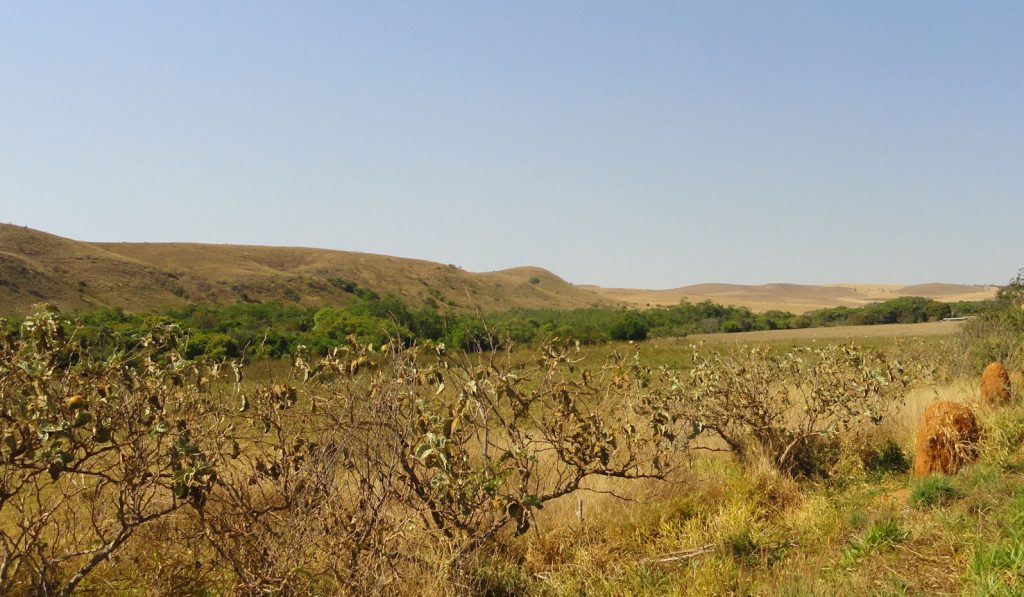
I learned in my fire class (I am certified as a fire manager by the State of Virginia) that fires that are too hot or too frequent destroy natural diversity, since only a few species can take the stress. On the other hand, places where fire never comes also lose diversity, since a few species come to dominate. I wrote a post about how fires work at this link. A proper fire regime produces greater variety and a robust ecosystem. The problem is knowing how much is enough and how much is too much. It also requires setting priorities. Land managers must make choices, which some a loath to do. They want to default to the “natural” option. Unfortunately, there is no natural option, only a variety of different choices for human management. Do we take it back to 1500? The landscape at that time was already altered by the native populations. Do we guess at what it must have been before humans? Of course, we cannot restore all the species. Or do we manage for diversity, productivity and robustness? This would be my option.
Anyway, fire can be used well or poorly. All fire will produce smoke, but there are better ways of smoke management. A well designed fire will consume much of its own smoke and will not smolder for a very long time.
The picture at top is a fire by the side of Goias 118. I don’t think it was a “managed” fire, but you can see by the direction of the flames that it is a backing fire, i.e. it is burning in the direction away from the wind. This produces a cooler fire, not as destructive to the plant life. I wrote a post about this when I was taking the fire class. It is at this link. You can see the burned over area in the side mirror. Next picture shows some fields on fire. The blackish rocks are below. The plants in the next picture are burned but not killed. Last is a typical Goias landscape as you get near the hills.

